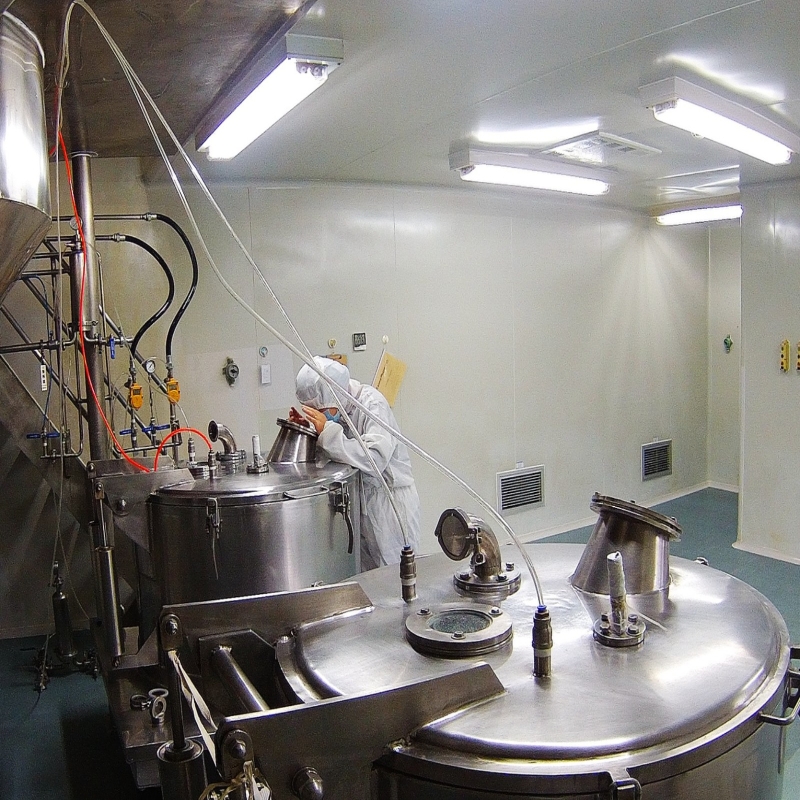-
Categories
-
Pharmaceutical Intermediates
-
Active Pharmaceutical Ingredients
-
Food Additives
- Industrial Coatings
- Agrochemicals
- Dyes and Pigments
- Surfactant
- Flavors and Fragrances
- Chemical Reagents
- Catalyst and Auxiliary
- Natural Products
- Inorganic Chemistry
-
Organic Chemistry
-
Biochemical Engineering
- Analytical Chemistry
- Cosmetic Ingredient
-
Pharmaceutical Intermediates
Promotion
ECHEMI Mall
Wholesale
Weekly Price
Exhibition
News
-
Trade Service
Edited and sorted out by Yimaitong, please do not reprint
without permission.
Introduction: Do blood sugar fluctuate after a meal? Studies have found that "eating vegetables first, eating staple foods later" can significantly improve postprandial blood sugar
.
The study found:
➤ Eating meat, fish or vegetables before eating rice can reduce the peak blood sugar of people with normal glucose tolerance by about 50%, and delay the arrival time of the peak by 30 to 60 minutes;
➤ For patients with abnormal glucose tolerance, intake of protein and vegetables before carbohydrates can reduce postprandial blood glucose levels by 39%;
➤ For patients with
➤ For
Blood sugar is a constantly changing curve that is affected by many factors
The body's blood sugar levels are not static, but a constantly changing curve
that is affected by many factors.
Fluctuations in blood sugar in healthy people will be in a relatively stable range; In diabetics, due to the impaired mechanism of glucose metabolism regulation, the range of blood sugar fluctuations will be greatly increased
.
The mechanisms of glycemic regulation are complex and fine, regulated
by multiple systems, mechanisms, and hormone levels.
This mechanism responds to many external factors such as exercise, diet, circadian rhythm, etc.
, which may affect the body's blood sugar fluctuations
.
Figure 1 Regulation mechanism of human blood sugar
Why is it so important to manage your blood sugar after a meal? Start with the dangers of blood sugar fluctuations
In recent years, with the deepening of research, people's understanding of the harm of blood sugar fluctuations has become more and more in-depth and comprehensive
.
Large fluctuations in blood glucose can be involved in the progression
of diabetes complications by activating oxidative stress, causing vascular endothelial dysfunction, activating coagulation and inflammation.
Not only diabetics, but also the blood glucose levels of OGTT 2h
to
Longitudinal studies have shown that in healthy people with OGTT 2h blood glucose levels above the upper limit of the 97.
5% percentile, the risk of CVD and cerebrovascular disease is significantly higher
after 20 years of follow-up compared with others.
Figure 2 OGTT 2h blood glucose level versus CVD and other disease risks
A 2011 study provided more evidence that the mean blood glucose fluctuation magnitude (MAGE) in people with diabetes is a risk factor for coronary artery disease independent of
than that of persistent
In addition to macrovascular lesions, some domestic studies have also shown that blood glucose fluctuations in patients with type 2 diabetes mellitus have a clear correlation with microglycemic lesions
.
Figure 3 MAGE is an independent risk factor for CAD
For diabetic patients with good control of blood glucose fluctuations, relevant clinical trials have confirmed that the improvement of cardiovascular outcomes is significantly better than that of poor control, and studies have confirmed that controlling blood glucose fluctuations can bring cardiovascular benefits
to patients.
"Eat first, eat later" - Reasonable adjustment of meal order can significantly improve post-meal blood sugar fluctuations
As we all know, the body's digestion rate of different foods is different, which applies
to both healthy people and diabetics.
Studies have shown that:
➤ Eating meat, fish or vegetables before rice can reduce the peak blood sugar of people with normal glucose tolerance by about 50%, and delay the arrival of the peak by 30 to 60 minutes
.
(Figure 4)
➤ For patients with abnormal glucose tolerance, consuming protein and vegetables before carbohydrates can reduce postprandial blood glucose levels by 39%.
(Figure 5)
➤ For patients who have already been diagnosed with type 2 diabetes, the benefits are more obvious
.
(Figure 6)
Figure 4 Effects of meal order of different types of foods on blood glucose peak in patients with normal glucose tolerance
Figure 5 Effects of eating order of different types of foods on postprandial blood glucose in patients with abnormal glucose tolerance
Figure 6 Effects of different food feeding sequences on postprandial blood glucose in patients with type 2 diabetes
For people with type 1 diabetes, dietary strategies to adjust the order of meals also work.
➤ Subjects who consumed a mixed meal began to rise in blood sugar 30 minutes after starting to eat, and blood sugar peaked and maintained until 180 minutes after a meal;
➤ Subjects who consumed protein preload meals began to rise 90 minutes after they began to eat, and their blood glucose peaked and maintained until 300 minutes after meals, and significantly reduced blood glucose peak
.
Figure 7 Effects of different meals on postprandial blood glucose in children with type 1 diabetes
The mechanism behind it?
How does meal order affect postprandial blood sugar and blood sugar fluctuations? Based on the available evidence, it is speculated that it is related to the following factors:
1.
2.
3.
4.
5.
6.
brief summary
In summary, there is growing evidence that "pre-meal intake of protein/fat or changing the order of meals with macronutrients" can significantly reduce postprandial blood glucose in people with normal glucose tolerance, abnormal glucose tolerance, and diabetes, and reduce blood sugar fluctuations; The hypoglycemic mechanism is associated with delaying gastric emptying, promoting glucose-stimulated insulin secretion, and reducing the clearance of glucose from the liver; Preload meal patterns for protein and fat intake before meals or adjusting the order of meals with macronutrients have the potential to be a simple, effective, safe, and inexpensive new way
to prevent and manage diabetic postprandial hyperglycemia.







